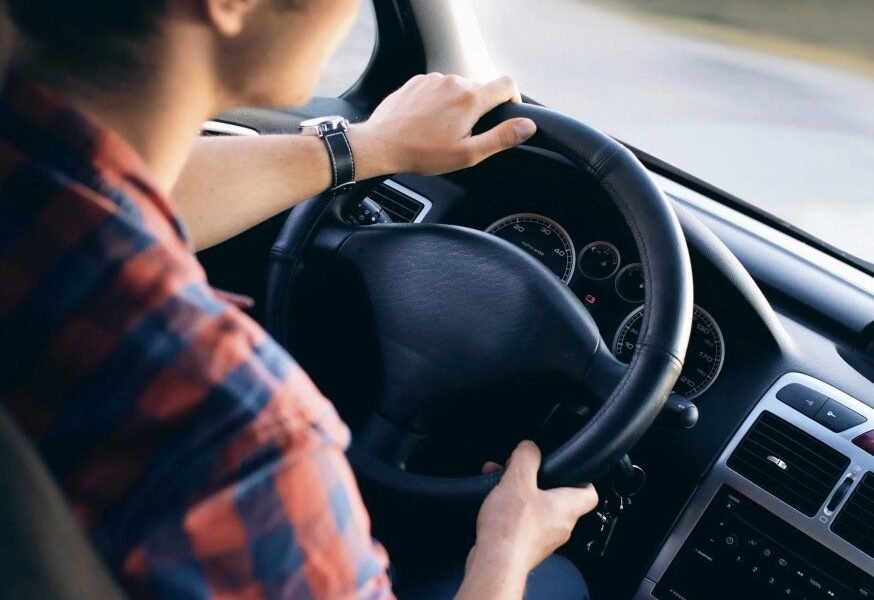Confused about when to check your car’s oil? You’re not alone. The debate over checking it hot or cold is common, but getting it right is crucial for an accurate reading and your engine’s health. The correct timing ensures your engine has the right amount of lubrication, protecting it from damage. Let’s clear up the confusion and explain the best way to check your oil level.
Why Checking Your Oil Level is so Important
Engine oil is the lifeblood of your vehicle. Its primary job is to lubricate the many moving parts inside your engine, reducing friction and preventing them from wearing out prematurely. Without enough oil, friction increases, which generates excessive heat and can lead to catastrophic engine failure.
Regularly checking your oil level is a simple, five-minute task that can save you thousands of dollars in repairs. It allows you to catch low oil levels before they become a major problem. This simple habit is one of the most important aspects of basic car maintenance for ensuring your vehicle’s longevity and performance.
The Case for a Cold Engine Oil Check
The most widely recommended method is to check your oil when the engine is cold. The main reason for this is accuracy. When your car has been sitting for a while, such as overnight, all of the engine oil has had time to drain from the various engine components and settle back into the oil pan at the bottom.
This gives you the most accurate measurement of the total volume of oil in the system. When the engine is running or has been recently turned off, a significant amount of oil is still circulating or clinging to parts, which can lead to a reading that appears lower than it actually is.
Checking it cold also eliminates the risk of burning yourself on a hot engine block or exhaust manifold, making it a safer process for beginner mechanics.
How to Check Your Oil When the Engine is Cold
Following the correct procedure is key to getting a reliable reading. Park your car on a level surface to ensure the oil in the pan is not tilted to one side.
Here are the simple steps to follow:
- Make sure the engine has been off for at least 10-15 minutes, or preferably longer, to allow the oil to settle.
- Open the hood and locate the oil dipstick. It usually has a brightly colored handle (often yellow or orange) for easy identification.
- Pull the dipstick out completely and wipe it clean with a lint-free rag or paper towel.
- Fully reinsert the clean dipstick back into its tube, making sure it goes all the way in.
- Pull the dipstick out again and look at the tip. You will see two marks, indicating the minimum and maximum oil levels. The oil film should be between these two marks.
If the level is near or below the minimum mark, you need to add more oil. Be sure to use the type of oil recommended in your vehicle’s owner’s manual.
When is it Better to Check Oil on a Hot Engine?
While a cold check is standard, some manufacturers and mechanics argue for checking the oil when the engine is warm or at operating temperature. The logic is that oil expands when it heats up. Checking it warm gives you a reading of the oil level as it is during operation.
If you check the oil while it’s hot, you must follow a slightly different procedure. Turn the engine off and wait about 5 to 10 minutes. This is a critical waiting period. It allows the oil to drain back into the pan but keeps it warm enough for an accurate operating-level reading. Checking it immediately after shutdown will result in a false low reading because so much oil is still in the upper parts of the engine.
Hot vs. Cold Check: Which is Right for Your Car?
The best method can sometimes depend on your vehicle’s age and engine type. However, there is one rule that overrides all others: always consult your vehicle’s owner’s manual. The manufacturer provides the definitive procedure for your specific car.
Generally, the recommendations can be broken down as follows:
| Check Method | Pros | Cons |
| Cold Check | Most accurate volume reading; Safest method (no hot parts); Oil has fully settled. | Doesn’t show the oil level at operating temperature; Oil can be thicker, slightly affecting the reading. |
| Hot/Warm Check | Shows oil level during engine operation; Can help spot issues with oil circulation. | Higher risk of burns; Requires precise timing after shutdown for accuracy; Can give false readings if not done correctly. |
For most modern cars, the owner’s manual will likely instruct you to check the oil after the engine has been turned off for a few minutes. For many older cars, a completely cold check is often preferred.
Common Mistakes to Avoid When Checking Engine Oil
To ensure you’re getting things right, be mindful of these common errors that can lead to an inaccurate reading or even engine damage.
- Checking on an uneven surface: Parking on a slope will cause the oil in the pan to tilt, giving you a false high or low reading.
- Not wiping the dipstick first: The initial pull will have oil splashed on it. Wiping it clean is essential for an accurate second reading.
- Overfilling with oil: Adding too much oil can be as damaging as having too little. Excess oil can get whipped into a foam by the crankshaft, reducing lubrication and increasing pressure, which can damage engine seals.
Another mistake is misreading the dipstick. Look closely at both sides of the stick and use the lower of the two readings if they differ. Always add oil slowly, a little at a time, and recheck the level to avoid overfilling.
Frequently Asked Questions
Is it better to check car oil when it is hot or cold?
It is generally recommended to check your oil when the engine is cold and has been sitting for a while. This allows all the oil to settle in the pan, providing the most accurate measurement of the total oil volume.
How long should a car sit before checking the oil?
If you are checking the oil cold, it’s best to let the car sit overnight. If you are checking it warm as per your owner’s manual, turn the engine off and wait for 5 to 10 minutes before pulling the dipstick.
What happens if I put too much oil in my car?
Overfilling can be very harmful. The excess oil can be churned into a foam by the engine’s crankshaft, which reduces its ability to lubricate. This can lead to overheating, engine wear, and blown seals or gaskets due to increased pressure.
Can I just check my oil at the gas station?
Yes, but you need to be careful. Since you’ve just been driving, the engine will be hot. You must turn the car off and wait at least 5-10 minutes on a level surface before checking to get a reasonably accurate reading.
How often should I be checking my engine oil?
It’s a good practice to check your oil level at least once a month and always before a long road trip. If you have an older car or notice oil spots where you park, you should check it more frequently.



Leave a Comment